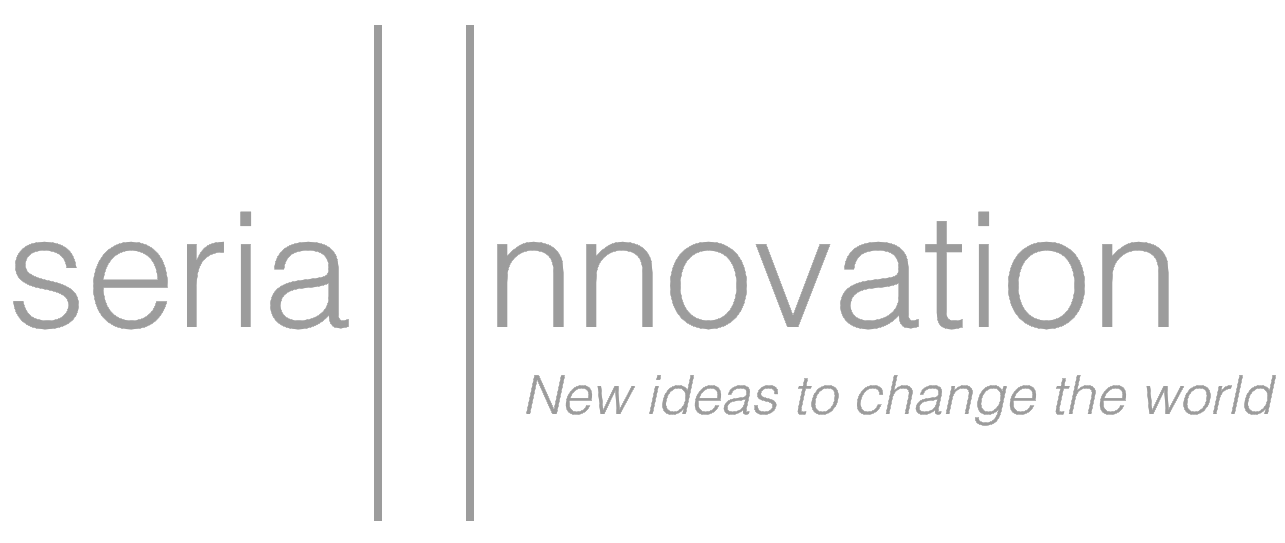The easy answer, the acceptable answer, the answer everyone knows and agrees upon—is wrong.
It’s almost always wrong. It’s almost guaranteed to be wrong. Because if the answer to the problem is so well known, so easily grasped, why does it still persist? Most intractable problems, the ones that we blame on politics or differences of opinion, are problems only because most of us are so sure of the answer.
This particularly hit home a few years ago, when I was sitting in a lecture-style conference room listening to a presentation on technology and money. The speaker was a high-ranking government official who was speaking with some passion about the issue of fraud—$60 billion of it.
At least, we had been told it was fraud. Like everyone else in that room, I had heard politicians on both sides of the aisle beat the drum decrying the $60 billion of Medicare funds that—every single year, without fail—seem to be tossed away without much care: given to those bent on defrauding the government, or mailed out in checks to people who had already died, or were already sitting behind bars.
The easy answer to the problem was technology. If we just shared our information better, between hospitals and prisons, between Medicare and law enforcement—if we digitized our records and used big data analytics, we could stop fraud in its tracks. We could return that $60 billion to those who needed it most. It was as simple as flipping a switch. Except, if it was that simple, why hadn’t it been done already? $60 billion mailed out to dead people? I don’t think enough people in the U.S. die every year to even scratch the surface of that number. The speaker I was listening to was skeptical, too—so he set out to investigate.
It turned out that dead people, prison, and fraud were just a small portion of that $60 billion. So what was it? How were there $60 billion in improper payments? To help us understand, he walked us through a typical scenario:
Imagine a man is at home, taking some boxes off a shelf when he falls to the floor in pain. His family rush him to the hospital. Everyone suspects it’s a heart attack, but the doctor’s not so sure. He runs a number of tests, but the tests aren’t conclusive. The doctor and family make a determination on the spot: the man will stay overnight, just to make sure that everything’s okay. The stay is billed to Medicare and the man recovers.
Now, flash forward a week. An examiner at the Medicare office is reviewing the payment from an objective standpoint. It turns out that the symptoms and circumstances didn’t quite warrant an overnight stay according to Health and Human Services (HHS) regulations. The doctor’s choice was in error, and so the examiner adds the payment to the stack of other improper payments—$60 billion tall.
Well. That’s not an error you can fix with faster computers. It’s a subjective judgement from a doctor. To fix it, you might have to actually step in between doctor and patient before they decide on the overnight stay. It wouldn’t be the first time, because that’s exactly what many private insurance companies do. They pre-certify, sending the auditor in before the decision is made. While the family is gathered in the waiting room, behind the scenes, someone is validating whether a procedure or hospital stay is necessary. The result: private insurance companies have far fewer errors and improper payments.
This was all news to me, but the speaker didn’t leave it there. Going the way of the insurance companies might not solve the issue, either—that was the easy answer. Instead, the speaker called for a kind of analytics that could lead us in the right direction, one that linked policy changes to error reduction. It was strikingly simple: just assemble a list of policy proposals to deal with the situation, and then determine how each idea might drive down the error rate. This model would present options for policymakers, a kind of equation for them to balance. For example, if you could drive down costs five percent, would it be worth delaying medical coverage? Was it worth complicating logistics? Was it worth adding paperwork to save $3 billion? “What’s the right equilibrium in terms of pain points we’re willing to live with and the error rate we’re willing to live with as a trade-off?” He asked. “That’s the kind of analytics that we need to elevate the debate.”
Debates in Washington could use a little elevating. Not because everyone seems to be talking past each other, but because everyone seems to agree on their own version of the same easy answer. And easy answers are rarely the right ones. Yesterday, we awoke to the news that President Obama had fired the Commissioner of the Internal Revenue Service. Pundits across the spectrum praised the decision, since firing someone is an easy answer to any crisis. But no crisis is so easy to overcome. Nobody knows that better than Danny Werfel, the speaker I heard discuss Medicare’s $60 billion problem back in 2011. He understood the problem with easy answers back then and he probably understands the problem now. Which is why it was so fine to see the newspaper headlines this morning announcing Danny Werfel as the new Commissioner of the Internal Revenue Service. Let the solving begin.



